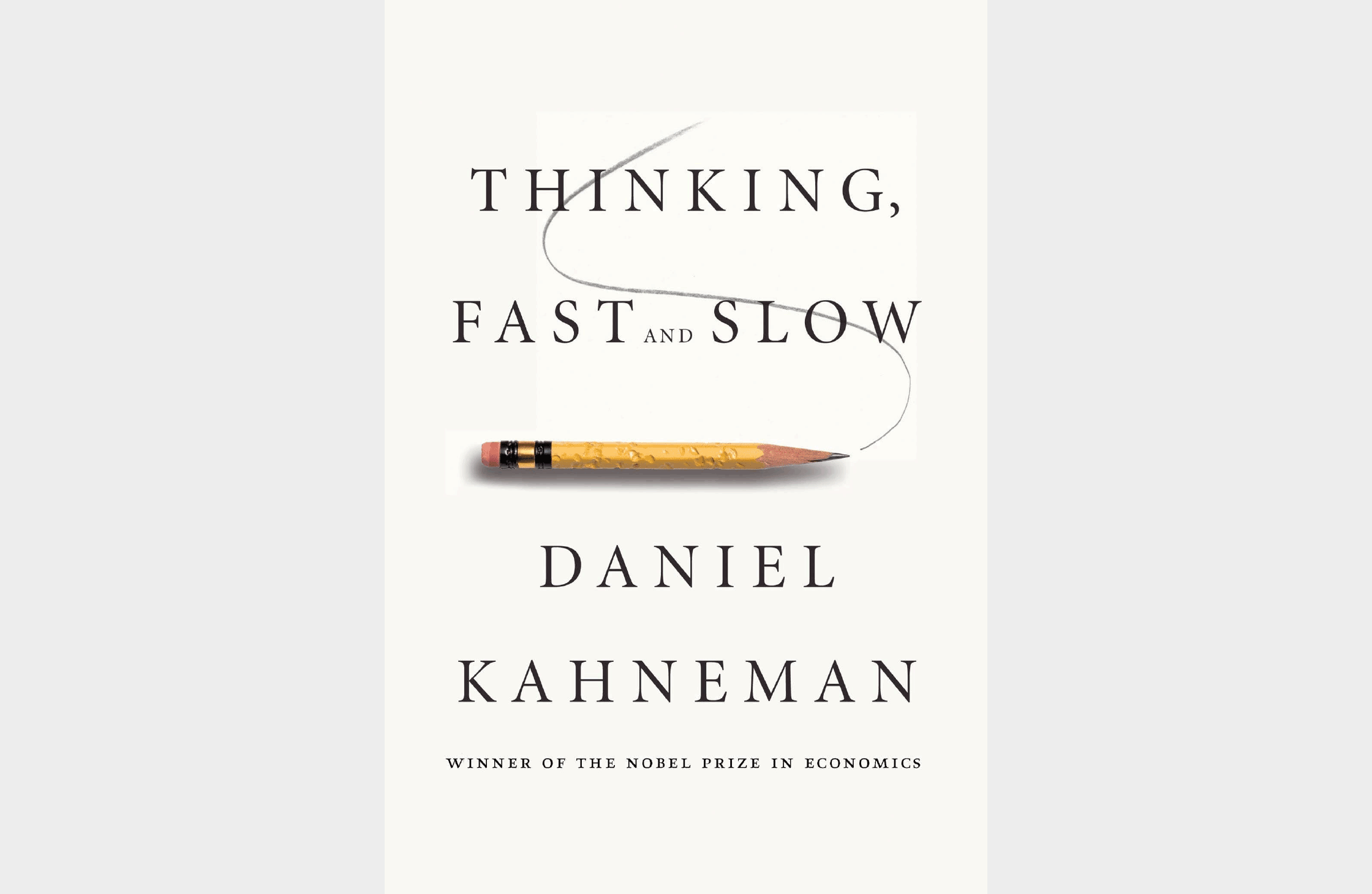2 Ideas to Help You Make Better Entrepreneurial Decisions
Explore key insights from Daniel Kahneman's "Thinking, Fast and Slow" for entrepreneurs. Learn to balance instinct with analysis for better decision-making and strategic thinking in business.

As entrepreneurs, we constantly navigate a world of complexity and uncertainty. Our success hinges on the quality of our decisions. Daniel Kahneman's seminal work, "Thinking, Fast and Slow," provides invaluable insights in this context. Kahneman introduces two distinct systems of thought: System 1 and System 2.

System 1: The Automatic Pilot
System 1 operates automatically and quickly, with little or no effort. It's our instinctual, gut-reaction system that helps us make split-second decisions. While invaluable in certain situations, it's also prone to biases and errors in judgment. Kahneman aptly notes, “A reliable way to make people believe in falsehoods is frequent repetition because familiarity is not easily distinguished from truth.”
System 2: The Deliberate Thinker
System 2, however, is slower, more deliberative, and more logical. It requires effort and concentration, kicking in when solving complex problems or evaluating information critically. Kahneman cautions, “Nothing in life is as important as you think it is while you are thinking about it.”
Balancing Instinct and Analysis
Entrepreneurs often rely on their intuition (System 1) to make quick decisions. However, this can lead us astray if not checked by the more analytical System 2. The key is balance. Recognize when you're making a decision based on instinct, and take a step back. Kahneman advises, “The idea that the future is unpredictable is undermined every day by the ease with which the past is explained.”
Practical Applications in Entrepreneurship
Recognizing and Mitigating Biases
Kahneman's book teaches us to be aware of our cognitive biases. For instance, the overconfidence bias can make us underestimate risks in business decisions. By being aware of these biases, we can adopt strategies to mitigate them, leading to more rational decision-making. Kahneman reminds us, “We can be blind to the obvious, and we are also blind to our blindness.”
Improving Decision-Making
Understanding these two systems allows us to enhance our decision-making processes. For complex decisions, don’t just rely on your gut. Take time to analyze data and consider different perspectives. This balanced approach leads to more informed and effective choices.
Enhancing Strategic Thinking
Strategic thinking often requires us to step out of the day-to-day operations and look at the bigger picture. This is where System 2 thinking is essential. It allows us to plan with a clear, rational mindset, foreseeing potential obstacles and opportunities.
Conclusion: Harnessing Your Mind for Entrepreneurial Success
As entrepreneurs, we must constantly refine our thinking processes. "Thinking, Fast and Slow" offers a blueprint for that. By understanding and leveraging the strengths of both System 1 and System 2, we can make better, more informed decisions, avoid common pitfalls, and navigate the entrepreneurial journey with greater confidence and success. Kahneman asserts, “When you analyze happiness, how you spend your time is significant.” Let's harness the power of our minds to its fullest potential, making the most of our time as entrepreneurs.



